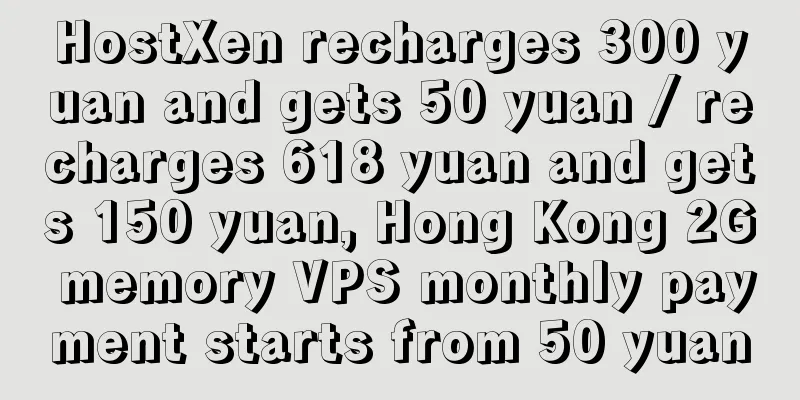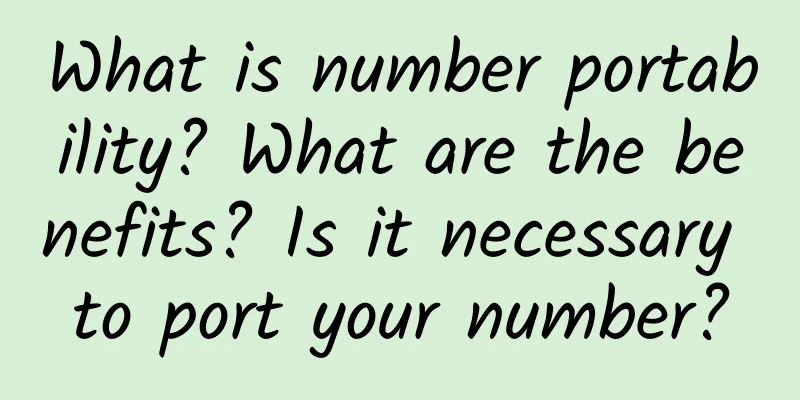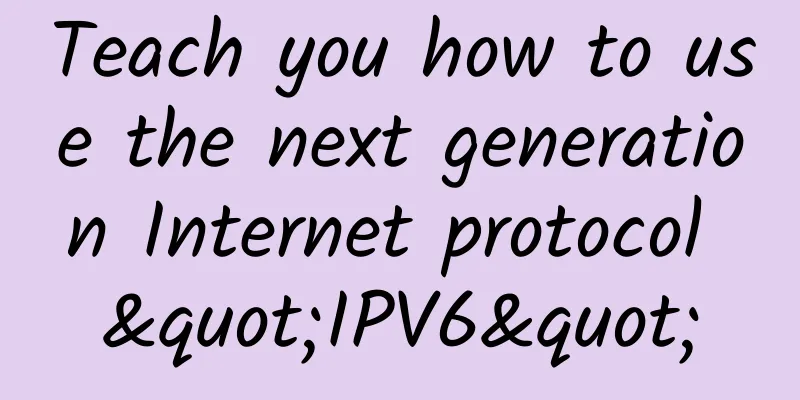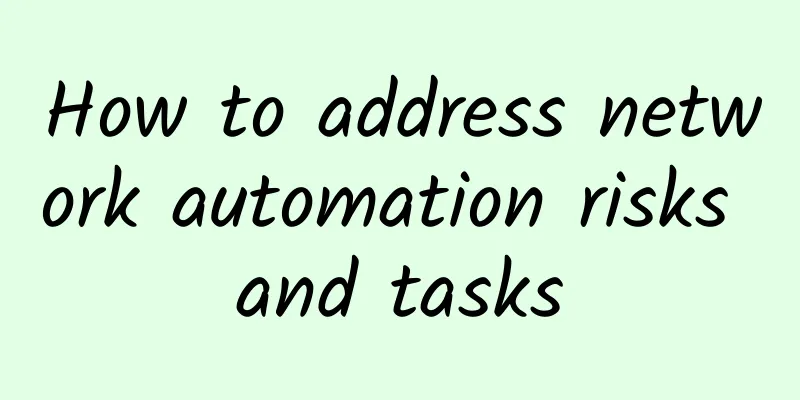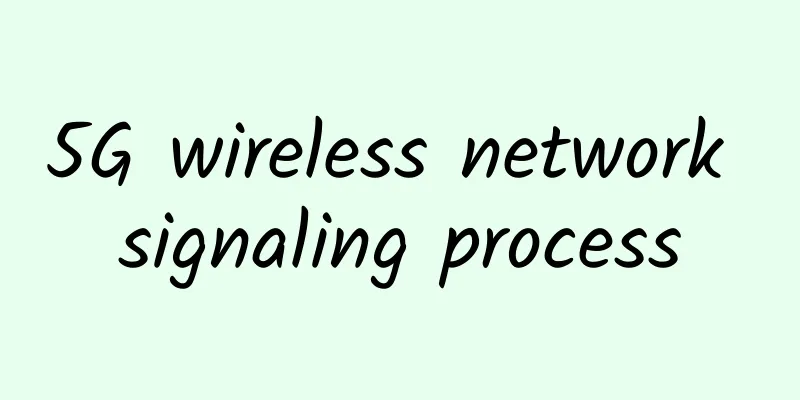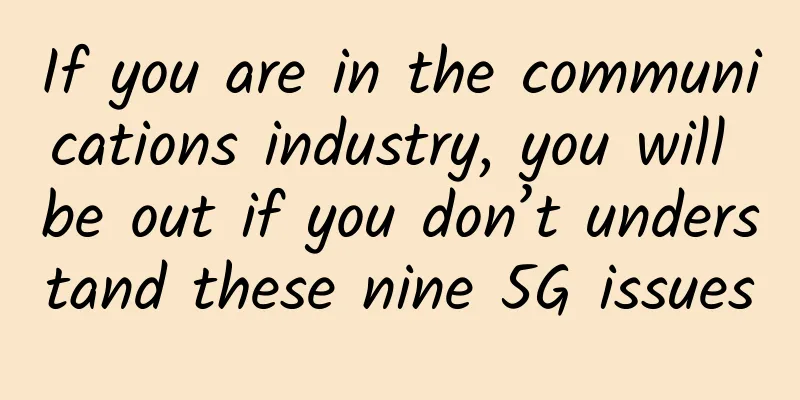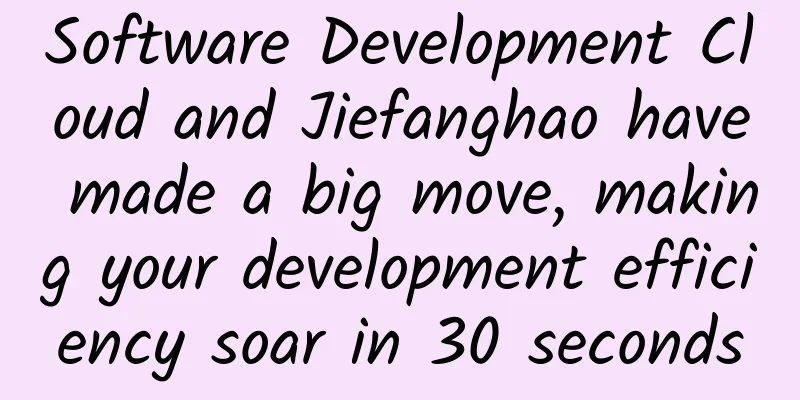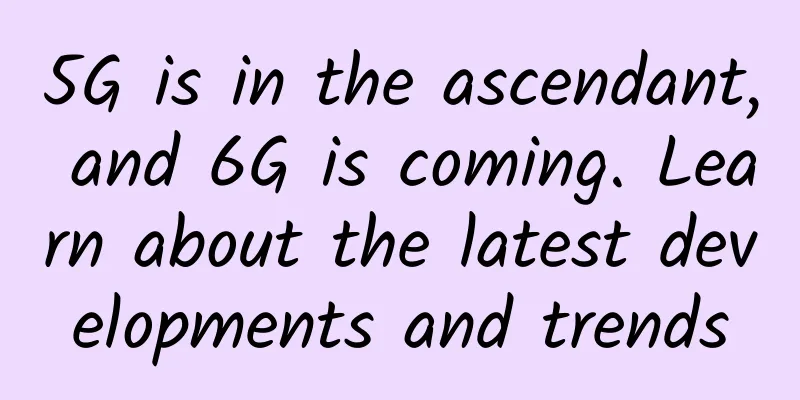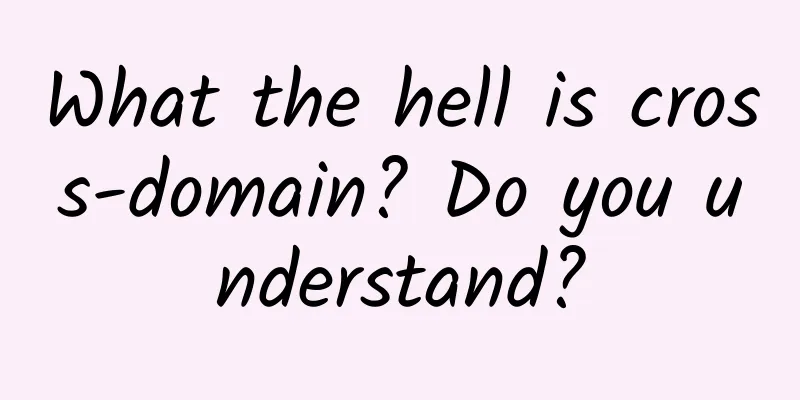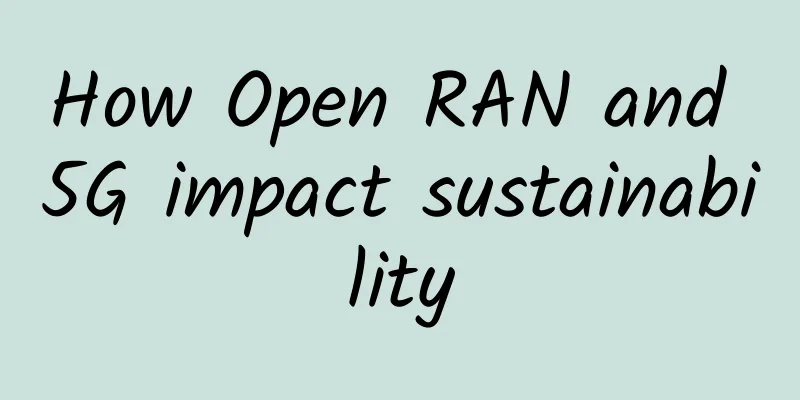Interview surprise: Why does TCP need a three-way handshake?

|
The TCP three-way handshake is a classic interview question. It means that before TCP transmits data, it needs to interact three times to formally establish a connection and transmit data. The reason why TCP needs three handshakes is that both sides of TCP are full-duplex. The so-called full-duplex means that either end of TCP is both the sender and the receiver of data. Therefore, this requires both sides of TCP communication to ensure their own sending capabilities and receiving capabilities. This is like when making a phone call, both parties must ensure that their microphones (transmitting sound) and headphones (receiving sound) are normal, so that effective communication can be carried out. Usually, when making a phone call, it starts like this:
The same is true for TCP three-way handshake. The capabilities of the three-way handshake are as follows: TCP three-way handshake processThe TCP three-way handshake process is as follows:
The specific execution process is shown in the following figure: SummarizeThe reason why TCP needs three handshakes is that both parties of TCP communication are full-duplex, so three interactions are required to confirm the sending and receiving capabilities of both parties, and the TCP handshake must be three times. If it is a two-way handshake, it cannot prove the sending capability of the server and the receiving capability of the client; it cannot be a four-way handshake either, because if three handshakes can already prove something, there is no need for another interactive handshake. References & Acknowledgements"Code Efficiently: Java Development Manual" 《Offer is coming》 |
<<: AI identification and root cause location of 5G wireless problems help improve network quality
>>: 5G and its impact on the Internet of Things
Recommend
What is OSI model?
Today I tweeted some thoughts about how the OSI m...
How can telecom operators build a new generation of network and information security system?
[[177570]] The rapid development of mobile Intern...
VPSMS Mid-Autumn Festival Promotion: VPS monthly payment 38% off quarterly payment 32% off, Los Angeles CN2 GIA line monthly payment starts from 53 yuan
VPSMS is shared in the blog for the first time. I...
5G plans of the three major operators in 2020
So far, the three major operators have released t...
Common methods of data transmission and data call
With the Internet and the Internet of Things high...
Will 2019 be the first year of 5G? The three major operators: Not happening!
In 2019, people inside and outside the industry s...
Virtono has a limited time 50% discount, Dallas/Romania KVM annual payment starts from 7.47 euros
Virtono has released a limited-time 50% discount ...
What problems do HTTP/1, HTTP/2, and HTTP/3 solve?
What problems does each generation of HTTP solve?...
5G has nothing to do with WiFi
A quick note: the Wi-Fi that all of our connected...
Network acceleration, who will revolutionize the future?
The Sanskrit "Sangha Vinaya" records th...
In the cloud-native era, F5 distributed cloud services help SoftBank build a modern application architecture
Today, applications are in a stage of explosive g...
Intelligent evolution and win-win ecological future, Huawei China Ecosystem Partner Conference 2019 grandly opened
On March 21, Huawei China Ecosystem Partner Confe...
Ali Chen Haiqing: The future of intelligent human-computer interaction from Ali Xiaomi
[Original article from 51CTO.com] On July 21 and ...
Do we really need 5G? Key facts you need to know
First, 2G was used for calling and texting, then,...
Alibaba Cloud Golden Autumn Cloud Season, Cloud Server Flash Sale 2C2G5M Annual Payment Starting from 60 Yuan
Alibaba Cloud (aliyun) launched another Golden Au...
